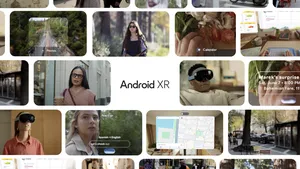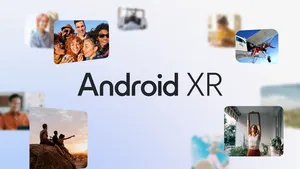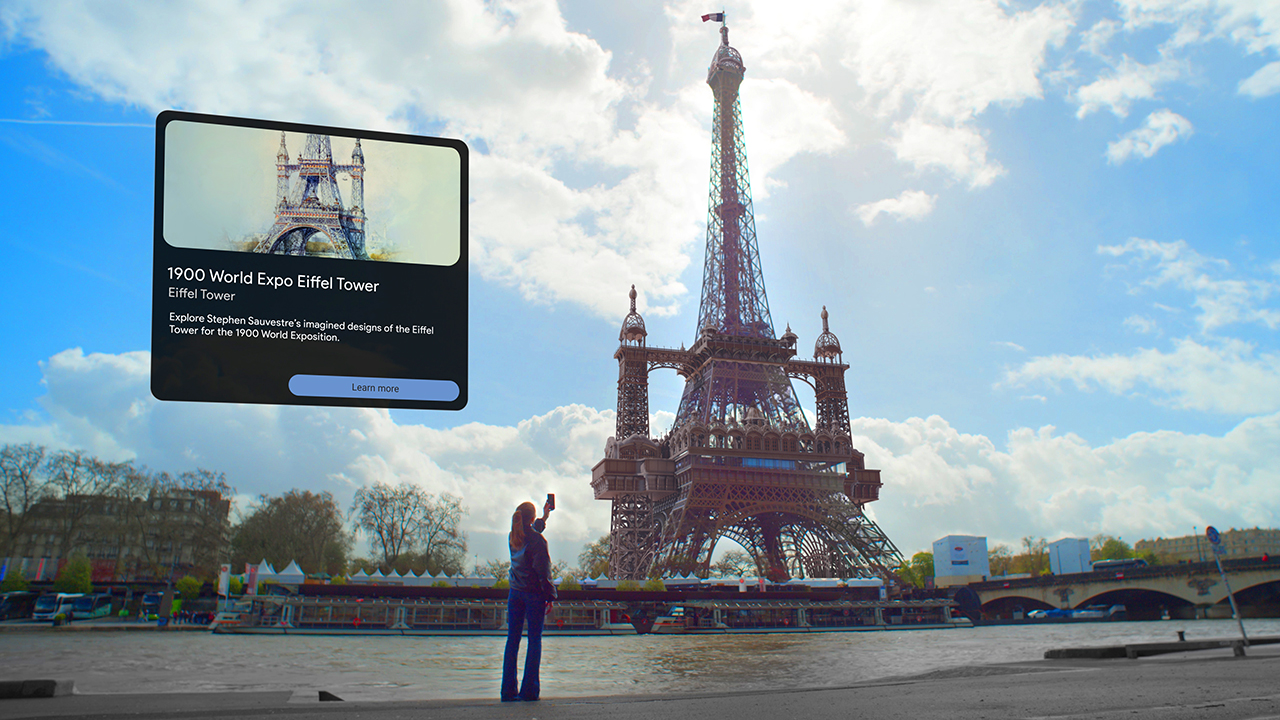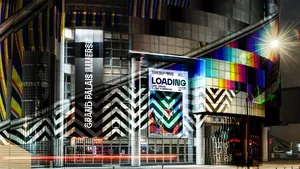Best Practices: Creating Art Assets for VR

Editor's Note: This is a design-focused post for anyone interested in creating art assets for virtual reality.
As a VR and AR artist, I’ve noticed two trends. First, new tools and practices that can make us better artists are appearing all the time. But also, techniques and skills from the late 90’s and early 00’s are making a comeback, and they apply to virtual reality because computing resources in VR are limited. If you’re just starting out, there’s a lot to consider. So if you’re an artist and you’re new to VR, here are some of my favorite tips for creating great assets.

- Never drop a frame. You need to keep your frame rate as high as possible, because the lower it goes, the greater the chance of discomfort and motion sickness due to conflicts between your inner ear and your visual inputs. One technique to keep your frame rate high is to create levels of detail (LODs). A character with 10,000 polygons only needs such a high resolution really close up. At further distances, you could swap in a 5,000 poly version, and then even lower poly models as the distance increases, all the way to a single polygon (LOD 4 in the diagram below). This will help with performance, and it works especially well for large groups of background characters that are always seen at a distance.

- Be aware of the textures you’re using. Busy, noisy and contrasting textures can be nauseating in VR, as they tend to cause a jittering look. However, flat textures with no detail can pose problems as well, because without texture it’s hard to measure motion or depth. Although extremes can work in non-VR experiences, avoid them in VR.
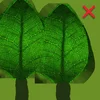

- How it looks in VR is what matters. When designing assets in 2D, be sure to constantly check and see what it looks like in VR. It can be cumbersome to jump back and forth, but your perspective will be different: volume and size are extremely present in VR. Putting that tree on a hill may look like a fine distance to cover when you’re designing in 2D, but once you’re in VR and comparing distances, it might not work at all.

- Make exploration fun, not hard. Exploration should be fun and available, but in VR you really want to clearly point out where to go. Create a visual language, like having orange torches near the proper dungeon exit, or street lights in a zombie apocalypse. These are subtle yet important indicators, because it’s very easy to become lost in VR.
Hopefully, these tips will be useful as you get started creating art in VR. We’re all on the edge of a new frontier, and because of that, we’re learning all the time. It’s great. What are some of your favorite tips and tricks? Let’s get a conversation going; use #VRArtTips to share.
